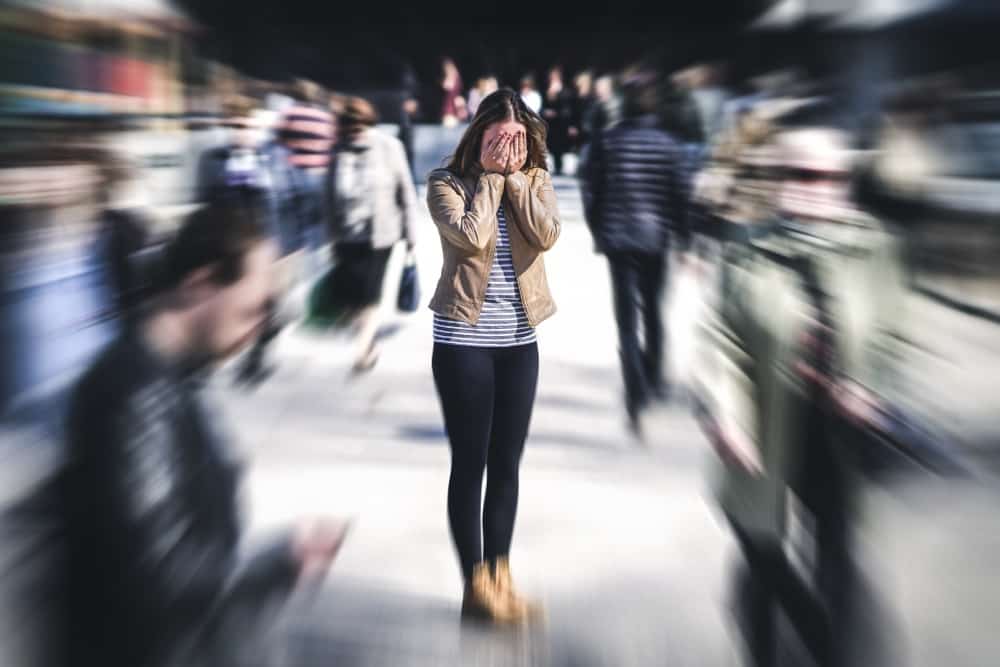Panic disorder

In this anxiety disorder, the main signs and symptoms are limited to a short period. The episodes usually last a few minutes. The symptoms gradually increase in intensity, peak at 10 minutes, and resolve spontaneously. At first, the episodes are entirely unexpected. With time and experience, patients start to recognize the usual triggers and the warning signs and symptoms right before the acute attack.
To diagnose panic disorder, patients should have experienced one or more attacks in the past. Additionally, they report fear of having another panic attack for one month or a more extended period.
The signs and symptoms of a panic disorder episode include at least four of these symptoms:
- Chest pain: Patients have physical symptoms during a panic attack. They often feel chest pain or an oppressive sensation similar to a heart attack. This only increases their worries and apprehension.
- Dyspnea: This is the clinical term for the sensation of difficulty to breath. Shortness of breath is common, and patients feel they are running out of air, especially in spaces crowded with people.
- Palpitations: Patients become more aware of their heartbeat, and they experience a rapid rhythm that feels like pounding in the chest.
- Profuse sweating: The sympathetic nervous system activates during a panic attack. Thus, patients start sweating profusely, even in a cold temperature.
- Shaking or trembling: This symptom also increases gradually and usually peaks after 10 minutes.
- Gastrointestinal discomfort: Patients often feel sick during an episode of a panic attack. They may also feel abdominal discomfort or pain.
- Lightheadedness or fainting: Patients may start feeling dizzy or unsteady during and before a panic attack. This sensation typically grows into lightheadedness and may reach the point of fainting in some cases.
- Heat sensation: Patients often report feeling an increasing body temperature and chills in the acute episode.
- Tingling and numbness: They are also known as paresthesias and can be associated with trembling limbs.
- Depersonalization and derealization: In other words, patients feel they are not themselves or have become detached from their own bodies. They may also have a sensation of unreality.
- Fear of becoming crazy or dying: During these episodes, patients have a sensation of sudden death. They become afraid of dying, especially if they have chest pain and feel they have had a heart attack. There’s also fear of losing control and becoming crazy. Patients feel the urge to escape and break free when they share an enclosed space with too many people.
